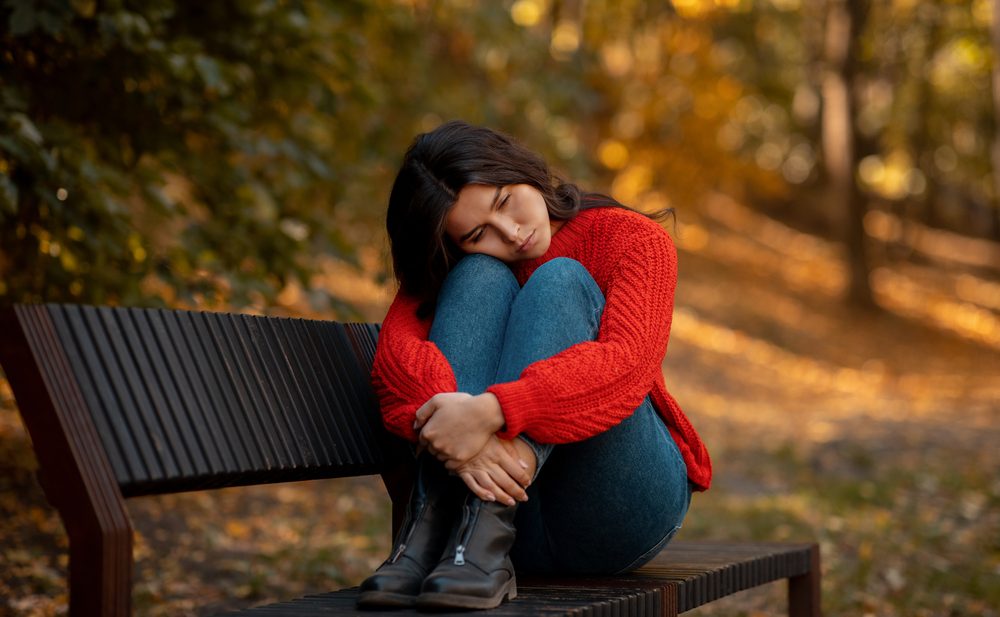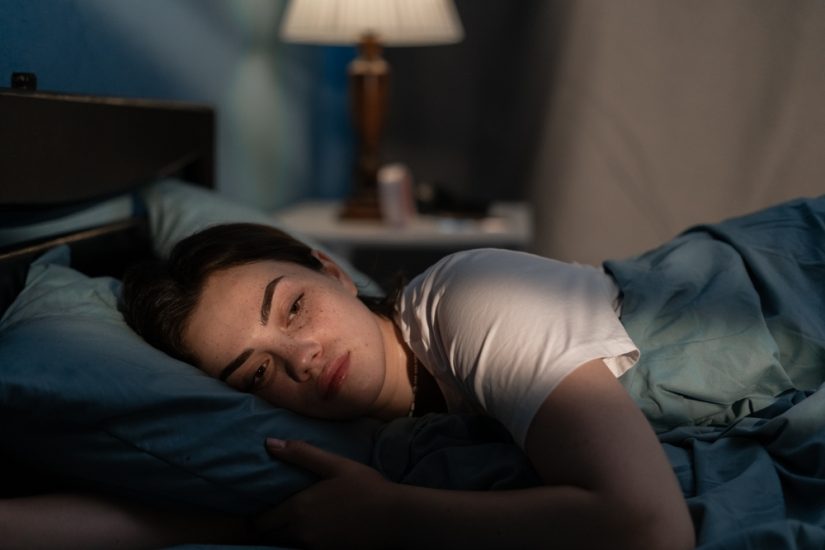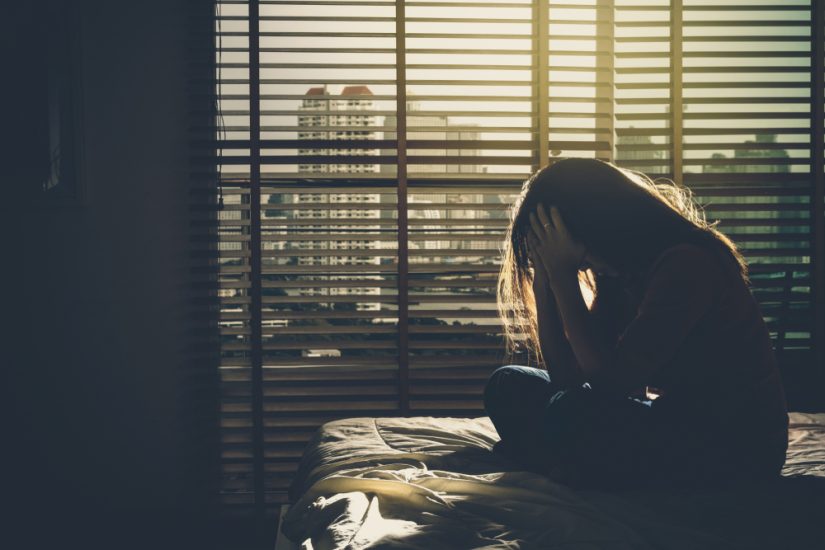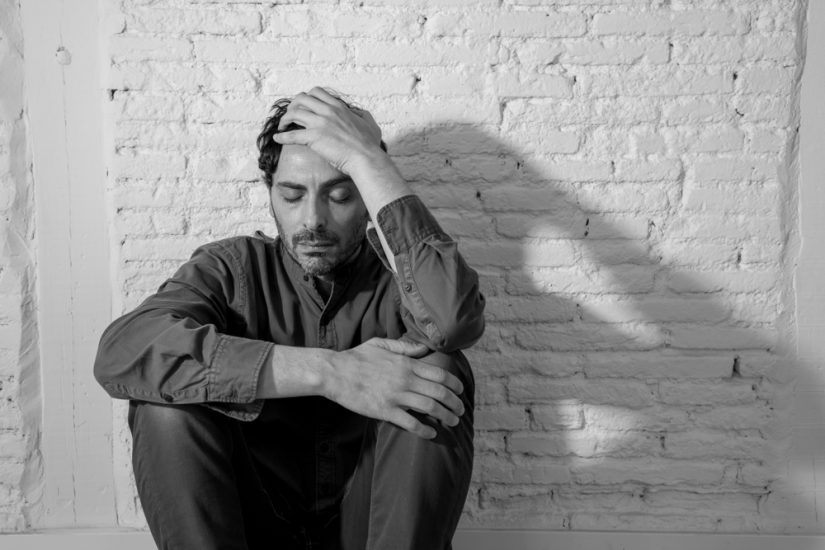- October 18, 2023
- by Shalini Murmu
- Depression
As the leaves turn brilliant shades of crimson and gold, and the air becomes crisp with the promise of winter, many of us eagerly anticipate the cozy comforts of fall and the festive cheer of the holiday season. However, for some, this time of year brings more than just pumpkin spice lattes and decorative lights; it ushers in a condition known as Seasonal Affective Disorder (SAD). Know how to cope and bring out the sunshine from within even during the darkest days of winter.
Understanding Seasonal Affective Disorder (SAD)
Seasonal Affective Disorder is a subtype of depression that surfaces in specific seasons, most commonly during the fall and winter months. It is believed to be triggered by the reduced exposure to sunlight during this season which can disrupt our internal body clock and lead to a drop in serotonin levels, contributing to feeling sad, lethargic, despondency, and a general lack of motivation. While SAD can be a challenging condition to grapple with, it’s crucial to remember that it is a recognized and treatable form of depression. By incorporating a holistic approach to coping with SAD, you can effectively manage the symptoms and regain a sense of balance and vitality during the darker months.
Symptoms To Watch Out For
Signs of depression can manifest in a variety of ways, from mild to severe. Common symptoms include:
- Persistent Sadness: Feeling sad or hopeless that can linger throughout the day constantly.
- Fatigue: Often having a difficult time getting out of bed in the morning or being extremely exhausted even after adequate hours of sleep.
- Weight Changes: SAD can trigger both overeating, typically with cravings for high-carbohydrate foods, and significant weight gain, as well as a loss of appetite and unintended weight loss in some cases.
- Irritability: One may experience increased irritability, agitation, and difficulty concentrating.
- Social Withdrawal: Having a strong tendency to withdraw from social activities, even avoiding meeting close friends and family.
- Sleep Problems: Facing sleep-related issues like oversleeping or insomnia which then disrupts your daily routine.
- Loss of Interest: Having minimal or no interest in activities that once brought joy.
Light Therapy
Mental health experts recommend light therapy, exercise, and a strong support system to cope with seasonal depression.
Light therapy also known as phototherapy, is a widely recognized and effective treatment for Seasonal Affective Disorder. This therapeutic approach involves exposing you to artificial light that simulates natural sunlight. Here’s how light therapy helps people with SAD cope with their condition:
- Regulation Of Circadian Rhythms: SAD is believed to be closely linked to disruptions in the body’s internal clock or circadian rhythms. The reduced daylight in the winter months can disrupt these rhythms, leading to symptoms such as fatigue, lethargy, and mood changes. Light therapy helps reset the circadian rhythms by providing a steady source of bright light, thereby regulating sleep-wake cycles and improving the overall mood of a person.
- Increases Serotonin Production: Exposure to light, particularly in the morning, promotes the production of serotonin, a neurotransmitter associated with feelings of well-being and happiness. People with SAD often have lower levels of serotonin during the winter months, and light therapy can help boost these levels, reducing symptoms of depression.
- Suppression of Melatonin: Melatonin is a hormone responsible for promoting sleep and maintaining the body’s internal clock. In this mental health condition, melatonin production may be disrupted, causing excessive daytime sleepiness. The therapy can suppress the release of melatonin during the day, helping to alleviate symptoms such as fatigue and excessive sleepiness.
- Symptom Reduction: Research indicates that light treatment is quite successful in lowering the core symptoms of SAD, including low energy, irritability, difficulty concentrating, and cravings for carbohydrates. Regular exposure to bright light can lead to significant improvements in mood and reduce psychological stress.
- Non-Invasive And Well-Tolerated: This coping strategy does not involve the use of medications, which can sometimes have unwanted side effects. Most people can easily incorporate light therapy into their daily routines and experience minimal discomfort or adverse effects.
- Customized Treatment Plans: Light therapy can be tailored to your needs and preferences. The intensity, duration, and timing of light exposure can be adjusted to suit the specific requirements, making it a highly flexible treatment option.
- Quick Onset Of Benefits: Many reportedly experience relief from their depression symptoms relatively quicker after starting light therapy. Although responses can vary, some people notice improvements within a few days or weeks of consistent light exposure.
Get Expert Assistance
While SAD may be an annual, seasonal visitor, its impact can be profound. Seeking help from mental health professionals is not merely advisable; it is essential. These experts provide a structured path to recovery. Through comprehensive evaluation, they customize treatment strategies to suit your specific needs and nuances of the condition.
Cognitive Behavioral Therapy (CBT) becomes a potent tool to unravel the tangled web of seasonal despair, while medication management is offered for those requiring pharmacological support. They offer guidance, a receptive ear, and practical coping mechanisms, transforming SAD from a paralyzing foe into a manageable challenge.
Need help locating the right mental health facility? North America Behavioral Health Services is the compass guiding you through the dim, wintry troubles of Seasonal Affective Disorder. Get in touch with us now!
















